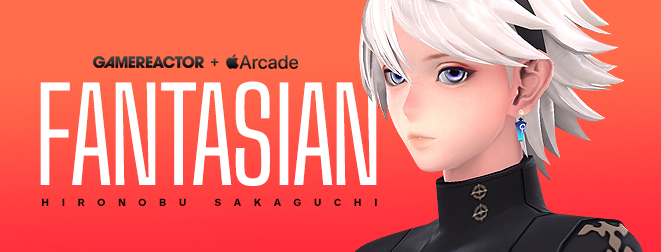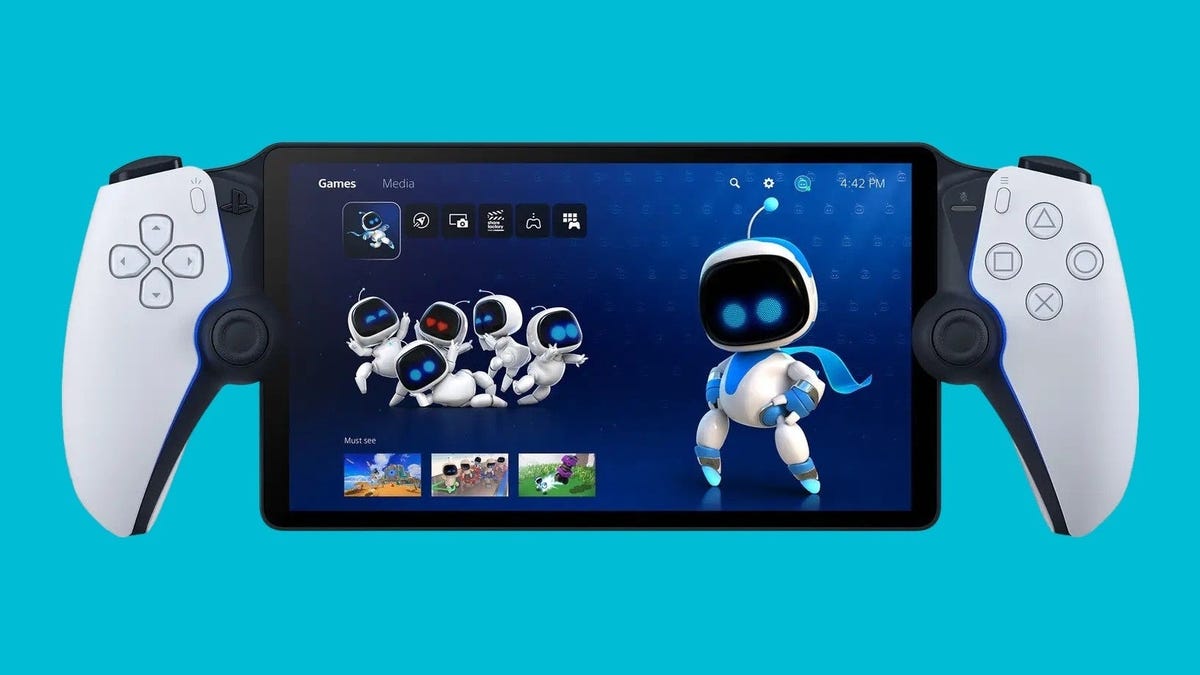1997. 24 years ago. That was the last time I analyzed a Japanese RPG. The truth is that with a few exceptions (Secret of Mana, FFVII or Zelda) it’s not a genre I associate much with. In many ways, it’s rarely my thing. But when Final Fantasy dad Hironobu Sakaguchi announced almost three years ago that he would one last role play and that it would follow the style, narrative, and patterns of Final Fantasy VII, I jumped like a feather. I’ve been waiting in secret since then. FF VII is something I fondly remember, an adventure that I have adored for 24 years and that Fantasian remembers very well and in the best sense of the word.
Sakaguchi’s new fantasy centers on Leo, a hero who wakes up in a burning industrial room, dazed by the lights of a violent alarm and the loss of a memory in which only a tiny fragment remains: a girl who at some point saved her life . The world is on fire, an evil race of droids has conquered absolutely everything from natural resources to the freedom humans once enjoyed.
In order to regain his memories, find a way to find himself and put everything back in its place, Leo has to find the girl who saved him, find out what is going on in the world and who is behind it. The story is very similar to Final Fantasy VII in many ways. From environmental degradation to innocent romance or amnesia are the basic foundations of the narrative. The story is typical of Sakaguchi, epic and comical in equal parts, which ultimately leads to a refined and unforgettable story. Even if I can’t reach the high heights of Cloud’s journey.
The basic requirement is super classic and a great tribute to the PlayStation masterpiece. We’re talking about a turn-based, action-packed RPG that from time to time introduces point and click dyes and focuses on exploring places, talking to NPCs, knocking on doors, looking for secrets, and doing secondary tasks in order to to reassure the population while advice is being gathered on how to proceed. All of this with a calm and pleasant rhythm that will surely make you think about how a game can transmit nerves and emotions without speeding up. Oh and Turn-based battles are as good as the best in the genre.
The focus of the conversations before Fantasian launched was undoubtedly on the design, its aesthetics, and Mistwalker managed to develop them with a touch of something special. In order to restore the cozy and wonderful retro feeling of Final Fantasy VII, Sakaguchi decided to help build the game world 150 handmade dioramas to create a clear contrast between the environment and characters. However, this makes it a strange and peculiar note that, on the other hand, I really appreciate. Just because the handcrafted models (clay, glass, stone and wood) are also wonderfully made doesn’t make matters worse. I can’t imagine how much time was spent on it.
The music is of course signed by Final Fantasy veteran Nobuo Uematsu, who wrote 60 tracks for Fantasian that oozes Final Fantasy VII like the story and overall design. Switch powerfully between beautiful piano pieces and more robust, almost apocalyptic orchestral arrangements. Of course, it’s hard not to like the atmosphere that music creates.
This game is good. It is very nice. Original, but familiar at the same time. Exquisitely told, with lovable characters and a skilfully written basic requirement. The hand-sculpted environments are beautiful, as are all of the main characters, and together with these retro battle arrangements and great music, it’s hard not to fall completely in love with Leo’s journey. If, like me, you are constantly craving the extraordinary journey of Midgar and Cloud, then Fantasian should be an eye-catcher. If this is indeed Hironobu Sakaguchi’s newest RPG, it is without a doubt an essential one.










.jpg?width=1200&height=630&fit=crop&enable=upscale&auto=webp)

